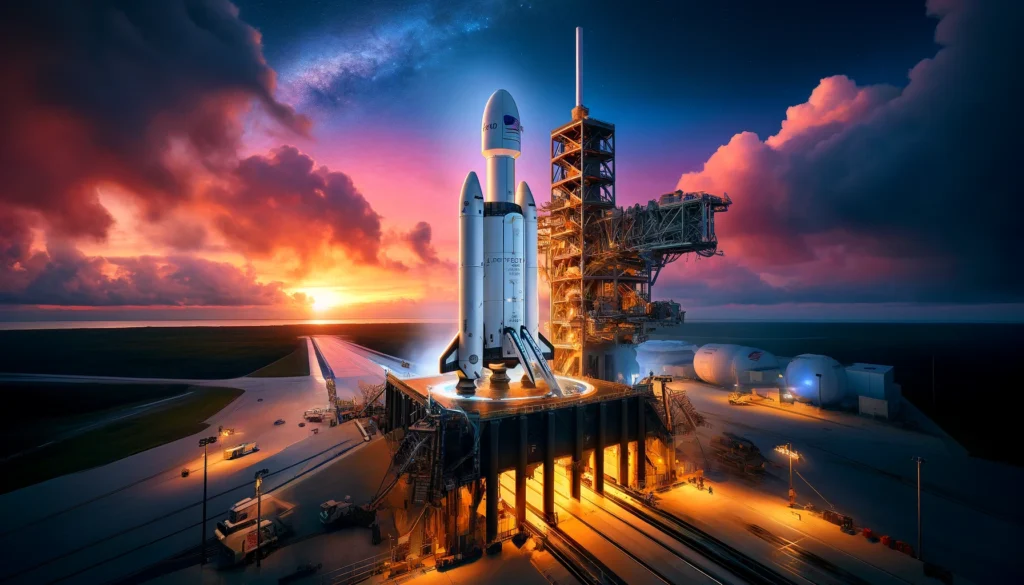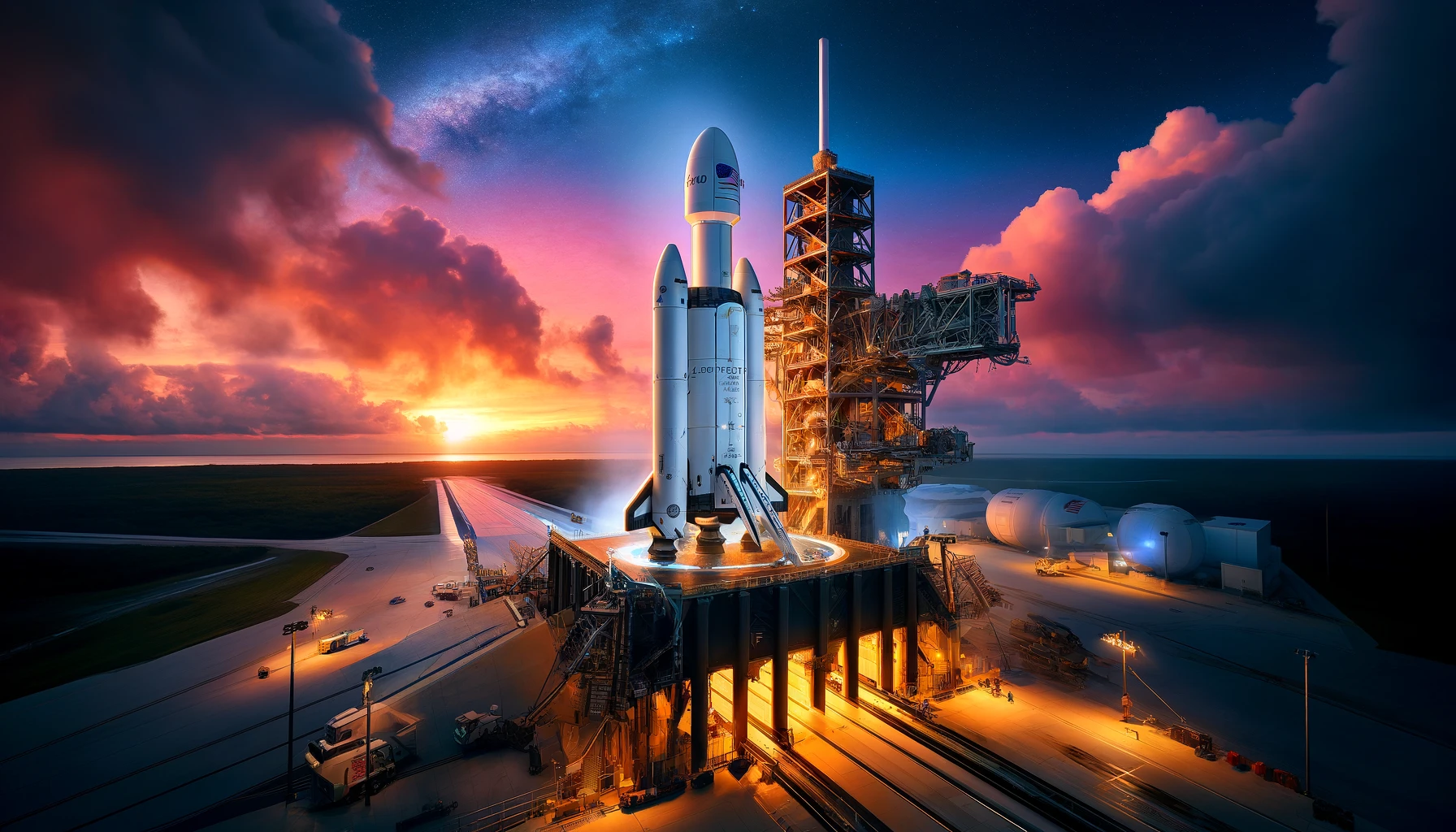Boeing Starliner, NASA, astronaut launch, Crew Flight Test, International Space Station, space travel, human spaceflight, Commercial Crew Program, aerospace technology, ULA Atlas V rocket
“Discover the significance of Boeing’s Starliner first crewed launch on May 6, as it marks a pivotal milestone in collaboration with NASA. Learn about the mission objectives, the experienced crew, and the future prospects of this historic event in human spaceflight.”

Introduction
The aerospace arena is set to witness a monumental event as Boeing’s CST-100 Starliner spacecraft receives the final “go” for its first crewed mission to the International Space Station (ISS). Scheduled for May 6, this launch represents a pivotal milestone for both NASA and Boeing in their continued collaboration under NASA’s Commercial Crew Program. The mission, known as Crew Flight Test (CFT), is not just a test but a testament to the years of hard work, precision engineering, and rigorous testing that have brought the Starliner to the brink of human spaceflight.
Boeing and NASA’s Partnership
Boeing’s CST-100 Starliner, developed in partnership with NASA’s Commercial Crew Program, is designed to transport astronauts to and from the International Space Station. This partnership aims to enhance space exploration capabilities and ensure continuous American access to space. The program underscores a significant shift in NASA’s approach to space exploration, with increased collaboration with American aerospace companies to foster innovation and efficiency in space travel.
Starliner’s Journey to Crewed Flight
The path to the upcoming crewed flight has been intricate and challenging. The Starliner faced several setbacks, most notably during its first uncrewed test flight in December 2019, where it failed to dock with the ISS due to software issues. Despite these hurdles, the subsequent successful completion of an uncrewed test flight in May 2022 paved the way for the upcoming manned mission. This journey has been characterized by rigorous testing, extensive simulations, and modifications to enhance the spacecraft’s safety and reliability.
Mission Objectives and Crew
The primary objective of the CFT is to validate the spacecraft’s performance in a real mission environment, from launch to docking, staying attached to the ISS, and safely returning to Earth. This mission will also allow Boeing to demonstrate its capability to conduct regular crewed flights to the ISS, providing an alternative and complementary transport alongside SpaceX’s Crew Dragon.
The crew selected for this historic mission consists of experienced astronauts who have previously served on ISS missions. This team will be responsible for evaluating the Starliner’s systems and operations during the flight. Their feedback will be crucial for refining the spacecraft’s design and operations before regular operational missions commence.
Launch Details and Expectations
The launch is scheduled to take place at NASA’s Kennedy Space Center, using a United Launch Alliance (ULA) Atlas V rocket. This choice of rocket adds an additional layer of reliability, given its longstanding history of successful launches. Once in orbit, the Starliner will autonomously dock with the International Space Station, where the crew will spend several days conducting tests and participating in ISS operations.
Significance of the Mission
This mission is pivotal not only for Boeing and NASA but also for the future of international space travel. It represents a key step in ensuring a competitive and resilient American space program. Additionally, it is a crucial element of NASA’s broader goals, including the Artemis missions, which aim to return humans to the Moon and eventually to Mars.
Economic and Technological Impacts
The success of the Starliner can significantly impact the U.S. space industry, potentially leading to increased investments, job creation, and advancements in technology. Furthermore, the technologies developed for the Starliner could find applications in other sectors, driving innovation and growth.
Challenges and Future Prospects
Despite the excitement surrounding this launch, challenges remain. The complexity of human spaceflight cannot be understated, and the safety of the crew is paramount. Boeing and NASA will need to continue their meticulous approach to testing and quality assurance.
Looking ahead, the success of the Starliner CFT could solidify Boeing’s position as a key player in human spaceflight. It could also lead to more ambitious missions involving larger crews and longer durations, paving the way for new discoveries and achievements in space.
Conclusion
As the Boeing CST-100 Starliner gears up for its first crewed launch, the eyes of the world, along with those of the aerospace community, will be watching. This mission not only represents a significant technical achievement but also a new era of space exploration. With its success, we may well see the dawn of a new era in human spaceflight, marked by innovation, collaboration, and discovery.
Read More-
- NASA Artemis Generation: Cultivating the Moon Trees Across America
- NASA Fermi Reveals the Universe in New E-Book
- NASA Unveils New Strategy for Space Sustainability Amid Orbital Risks
- Curious Asteroid Selam, Spotted by NASA Lucy Spacecraft, Is a Cosmic Toddler










